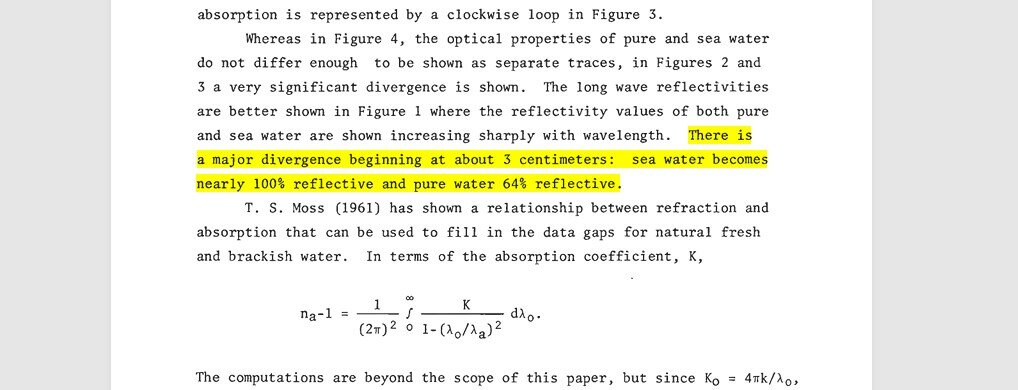Scott Kenny
ACCESS: USAP
- Joined
- 15 May 2023
- Messages
- 11,428
- Reaction score
- 13,938
You're the one who posted the ADSB tracks on 30 Jan, which show the CRJ flying east of the river (course more or less due north) and then turning left to line up with Runway 33.I know it is now a popular assertion but I personally don't see much bank angle in all the video available to the public. Approach trajectory, as seen in the landing chart (see above), is a straight (hence flat) approach above the Potomac.
This is why I have suggested the CRJ was below the glide slope, with a nose up, that would explain they didn't see the helo Nav and strobe lights.
Sat view with trajectory:
Southbound: Blackhawk
Northbound: CRJ

Also, assuming an impact at 350ft as per black boxes, they'd be dead on the glideslope at 1nmi from landing point. But I have a severe problem with that altitude claim.
Why? Well, runway 33 is physically 7200ft/1.185nmi long. Take the length of the runway in your satellite view, and measure that distance extending out down the runway centerline. 1nmi from the end of the runway is over the land on the east shore. The helo track does not jive with that at all!
The wreckage landed at 4000ft from touchdown point (where the glideslope lines up), 3000ft/0.5nmi from the end of the runway. 4000ft from touchdown point, the landing plane should be at 210ft to be square on glideslope.
I really wish we had a view looking due south down the river from more or less that point at the confluence, to see how quickly the wreckage fell. I mean you have a 20,00lb helicopter impacting a 65,000lb CRJ710, at more or less equal speeds (Blackhawks can cruise at 150knots, CRJ landing speed is going to be about 140knots, but they're impacting at about a 45deg angle.)






